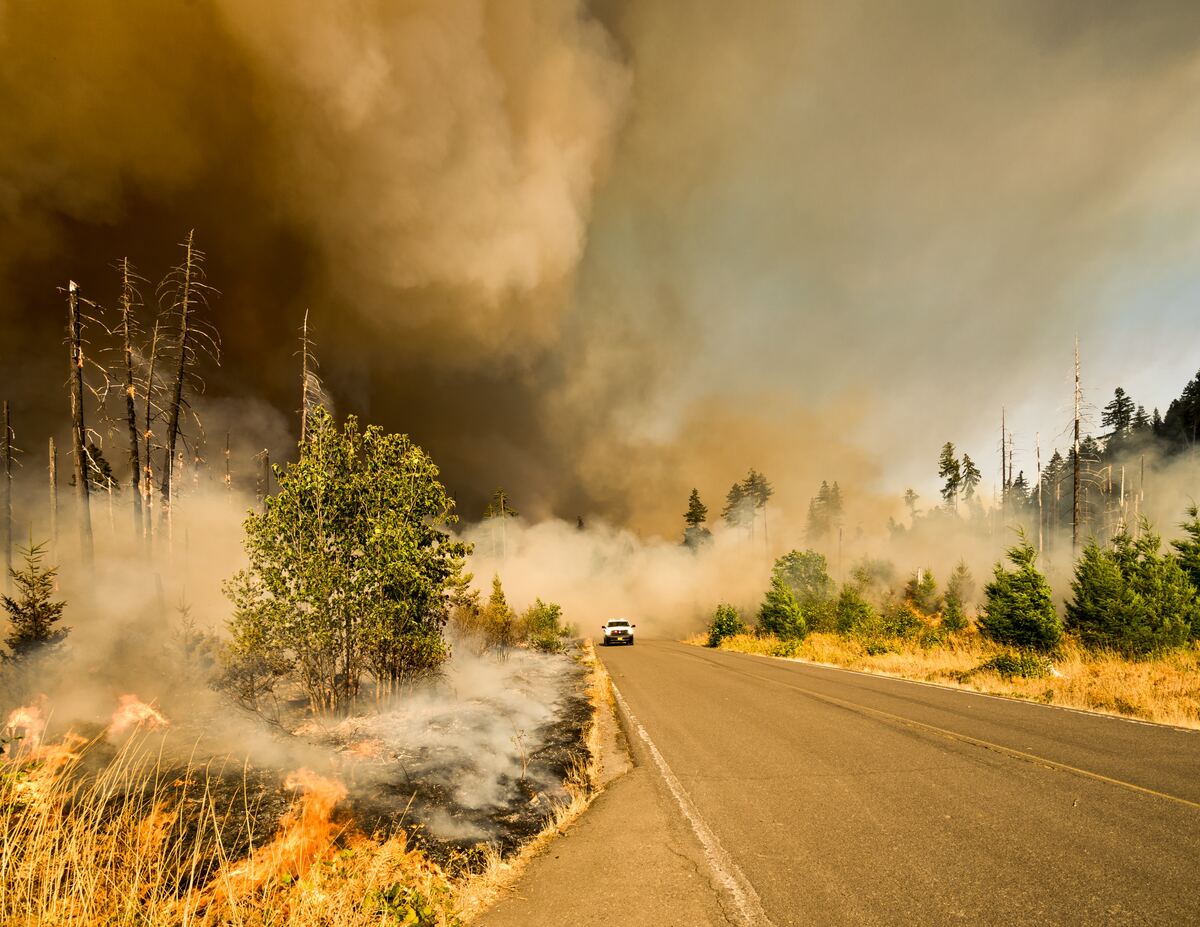As wildfire season approaches, it is important to understand the effects of wildfire smoke across the country. As we saw last week in the Northeast, even if you are not in an area that is at risk for wildfires, smoke can impact daily life and health.
According to the Centers for Disease Control and Prevention (CDC), exposure to wildfire smoke can irritate eyes and respiratory systems, and worsen chronic heart and lung diseases, including chronic obstructive pulmonary disease (COPD) and asthma. Wildfire smoke can have an immediate impact on a worker’s health, such as coughing, trouble breathing normally, a scratchy throat, headaches and more.
Employers and workers should prepare for and plan to implement procedures to reduce exposures to smoke when necessary, which include:
- Frequently monitoring air quality conditions in the area. The Environmental Protection Agency’s AirNow website provides air quality information at the local and state levels.
- Relocating or rescheduling work tasks to smoke-free or less smoky areas or times of the day,
- Reducing levels of physical activity when possible, especially strenuous and heavy work,
- Requiring and encouraging workers to take frequent breaks in places that are free from smoke, and
- Limiting the worker’s smoke exposure by making accommodations for that worker to perform his/her duties indoors or in a location that reduces exposure to smoke, if possible.
OSHA has provided additional resources on its wildfire page, including:
- Outdoor Workers Exposed to Wildfire Smoke - National Institute for Occupational Safety and Health (NIOSH)
- Worker Safety During Fire Cleanup - CDC
- Wildfires - National Institute of Environmental Health Science (NIEHS)
Visit the OSHA website and NAHB’s pages on wildfires and emergency preparedness for more information.
*Note: All articles have been redistributed from NAHBnow.com*
